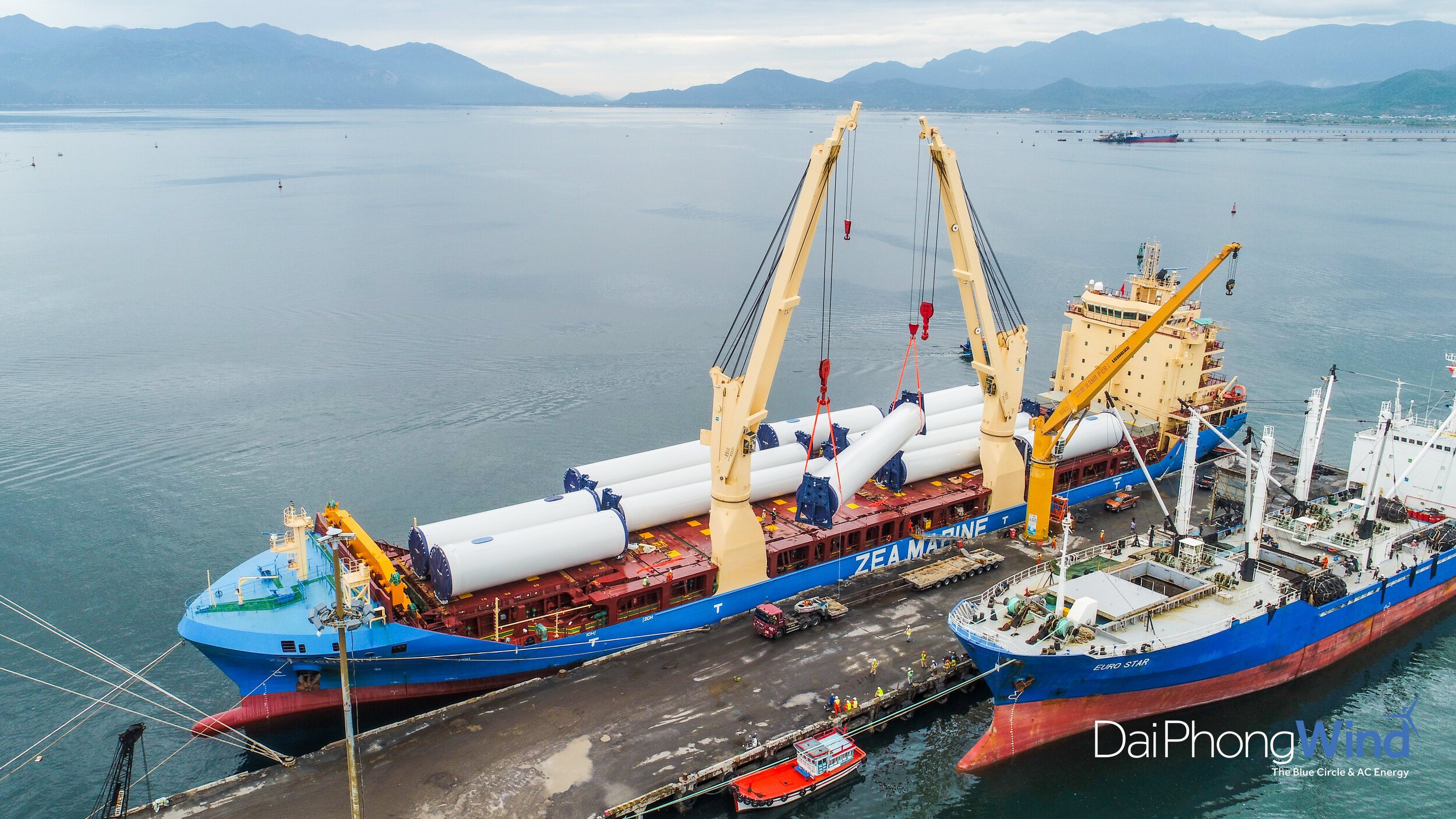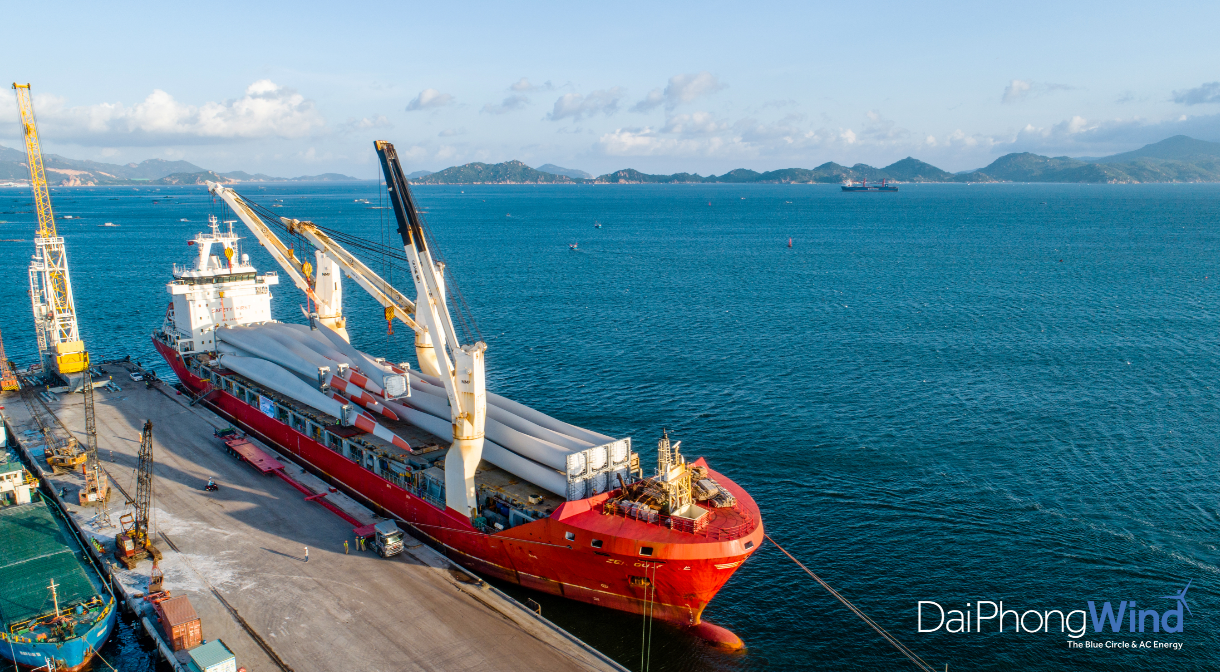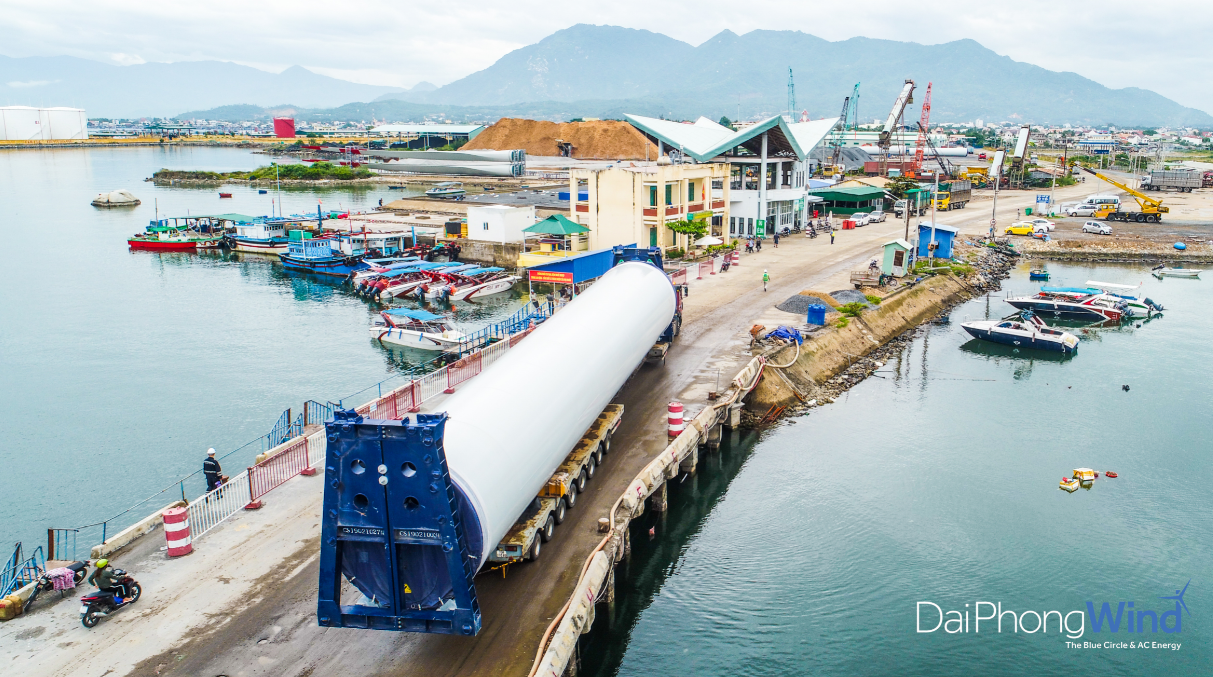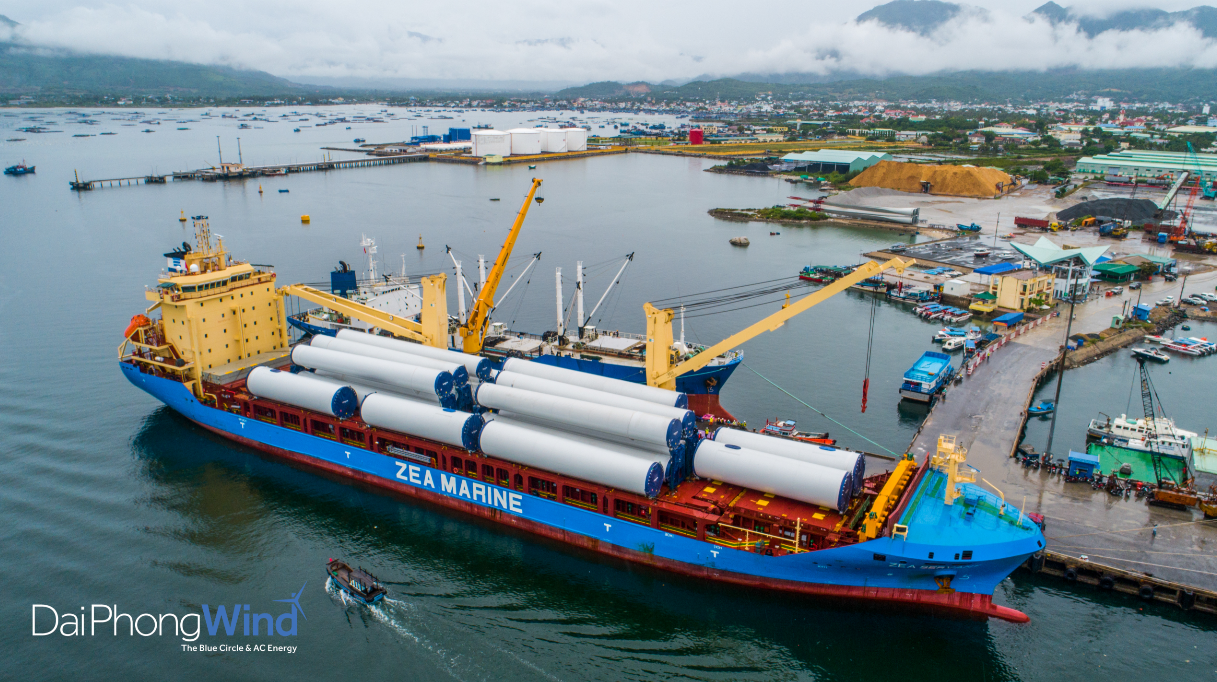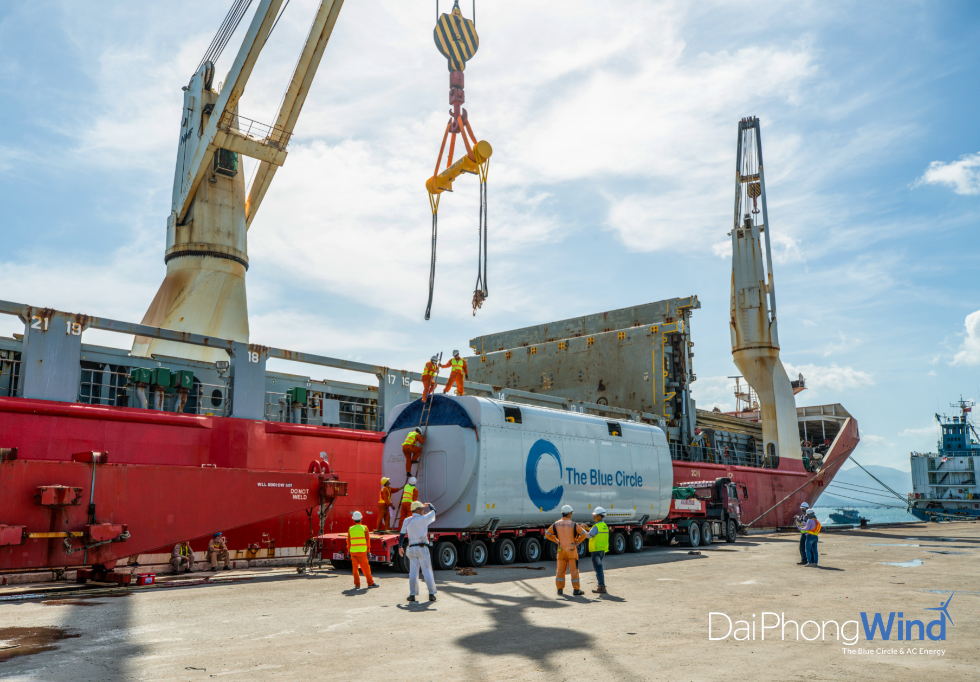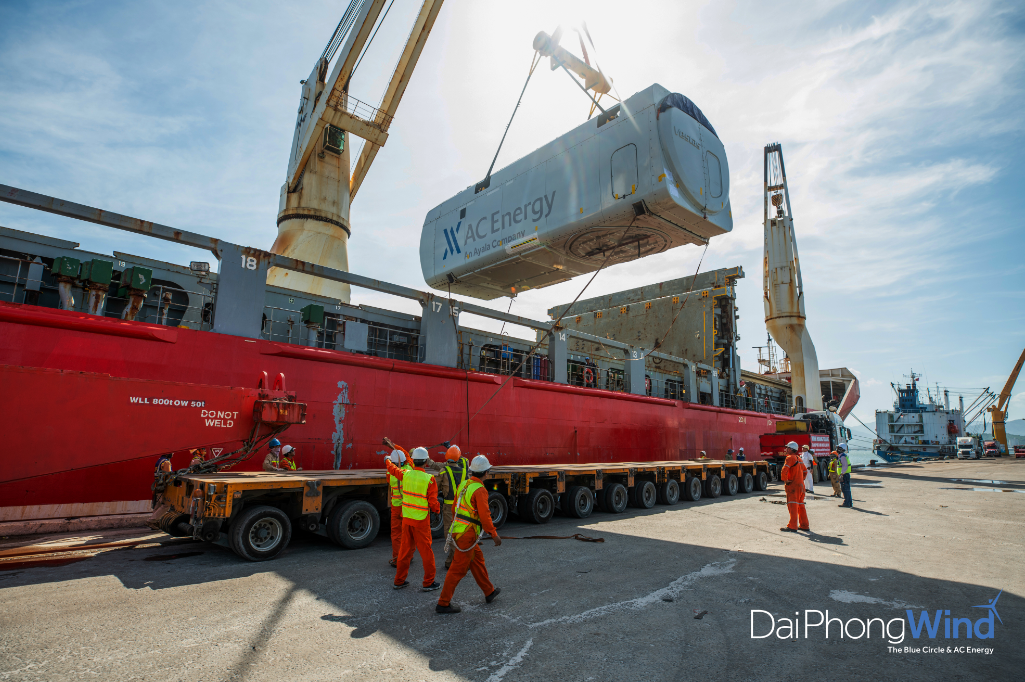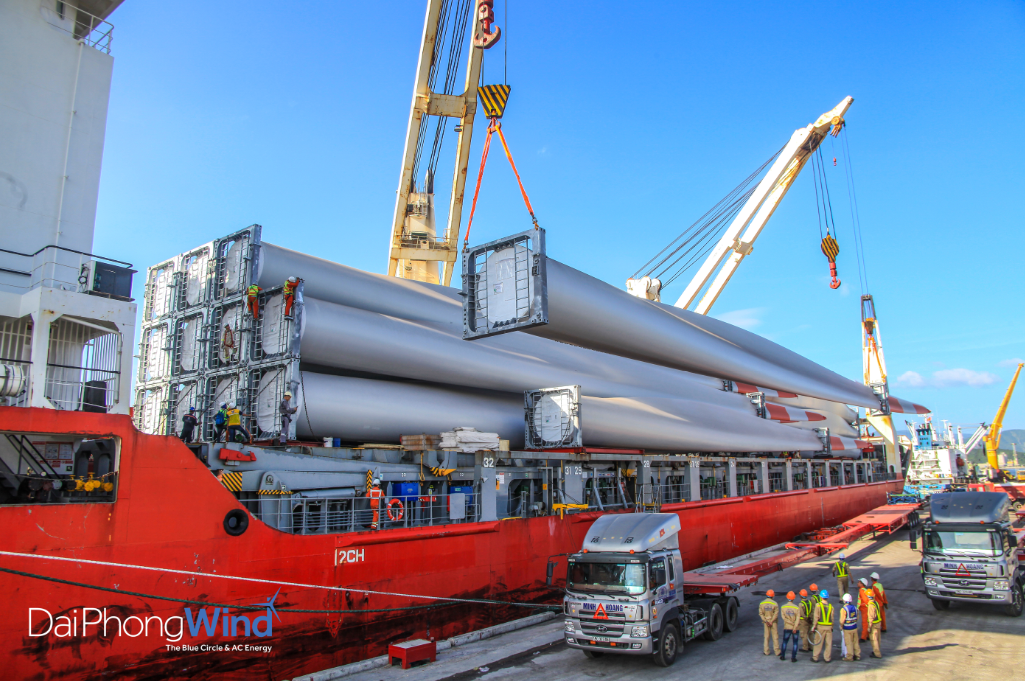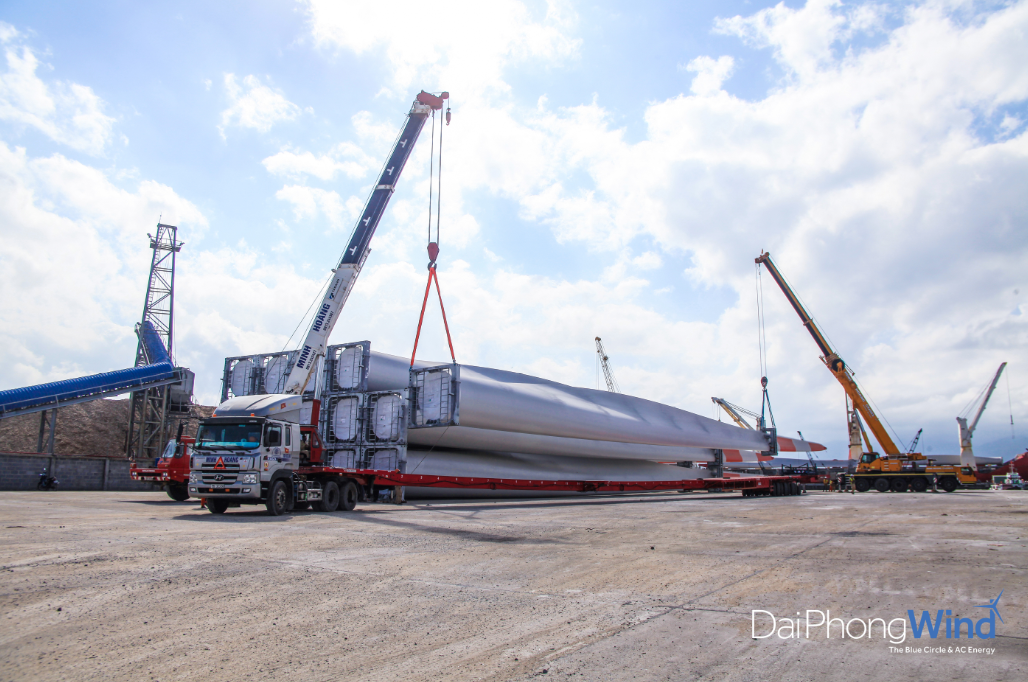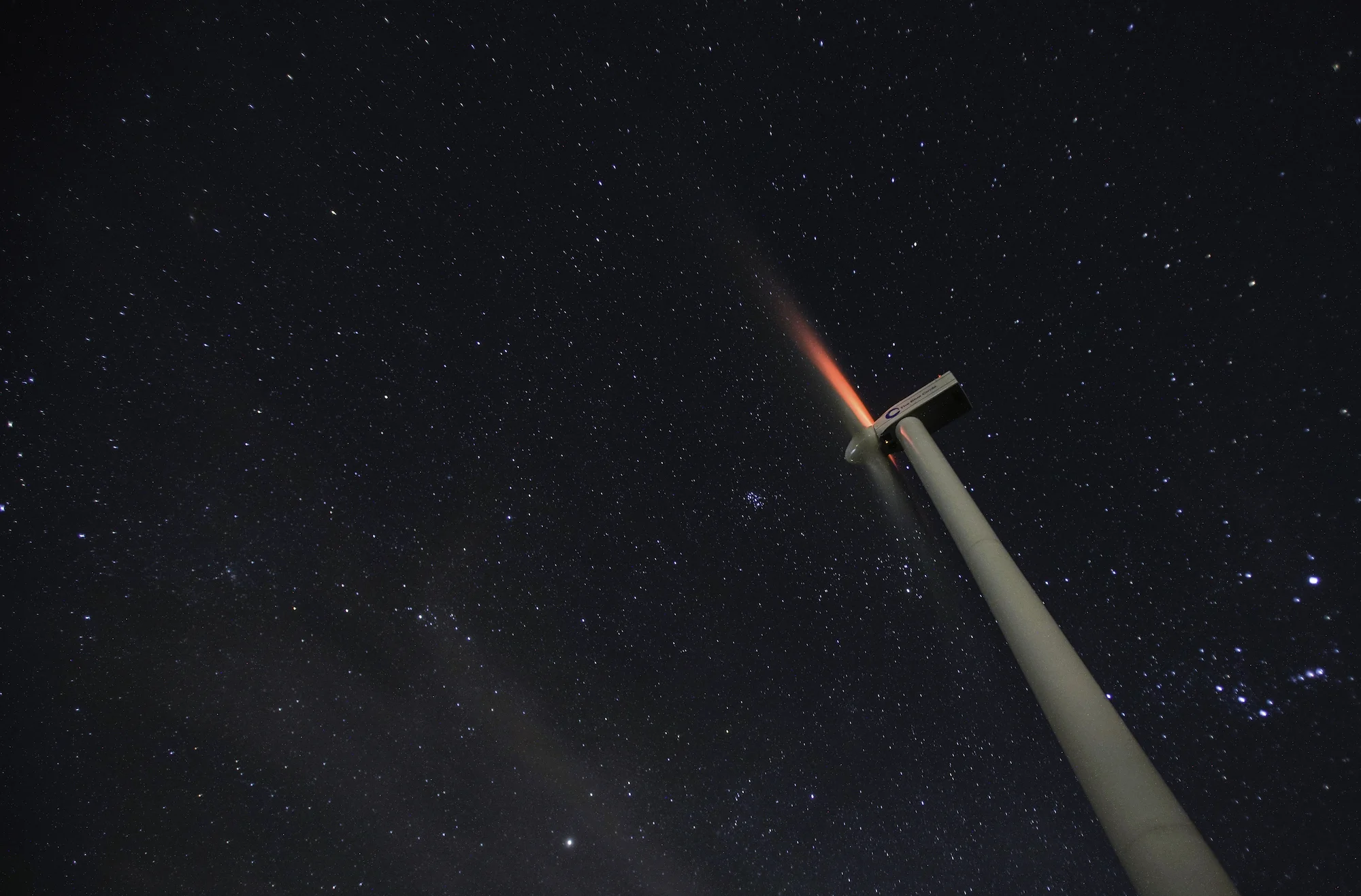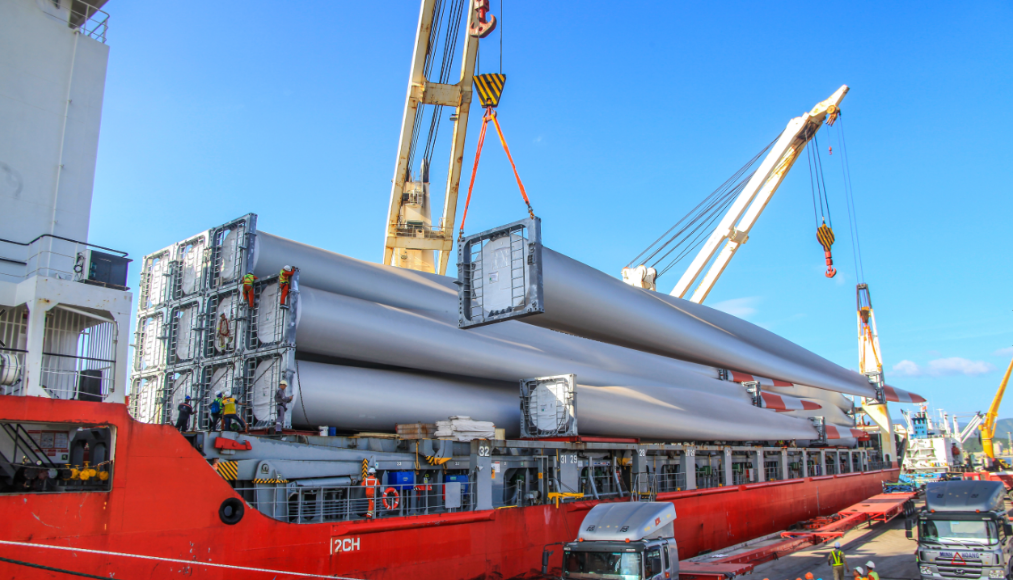As the world increasingly opens up to renewable energy, Southeast Asia Globespeaks to Olivier Duguet, CEO and co-founder of the Blue Circle, a renewable independent power producer based in Southeast Asia, to find out more about the region’s future energy path. The company has already begun work on a wind farm in Ninh Thuan province in South Vietnam – one of the largest in the region – and has its sights set on creating a similar farm in Cambodia
You’re going to open your first wind project in Cambodia next year. What are your expectations for this project?
That will only be the very first test phase of a much larger deployment of wind power in Cambodia. We have been working on this for the last four years. We came to an agreement with the government, with the Ministry of Mines and Energy, on sizing a first test phase of 13MW, meaning basically four turbines. So a small first phase mainly to demonstrate to EDC (Electricité du Cambodge) that it’s feasible; that it’s not impacting the grid. So that’s the purpose of this first phase, which we hope of course will lead to much more in the future on the same site. We have much more space with the same wind resource to build 200 to 300MW wind farms.
Regarding the land where the turbines will be situated – which is in Kampot province – have there been any issues or obstacles?
With wind power – different to solar – we are mainly looking at sites far from anybody. Far from any villages, schools, towns or whatever it is. So we have an agreement already with the owner of the land on the site to do these first four test turbines, but there is [also space to add] up to 15 more turbines in the future, so it’s already secured.
Just talking about Cambodia specifically, do you believe there are enough sites where wind can be effectively harnessed?
Definitely yes. We have been collecting data for [four years] so we now know exactly where we can go, how much [each site] will produce, and what are the economics now of the site. So to answer your question, yes. From our understanding of the Cambodian market we think that there’s largely a possibility of 500MW plus of commercial wind power potential in Cambodia.
Renewable energy options such as wind, solar and hydropower have been around for a long time, but it seems like now these are being pushed forward a lot more around the world, and to a certain extent in Southeast Asia. Why now?
Two reasons, I think. The first one is of course climate change – the need to fight climate change and the Paris Agreement – so it’s pushing global conscience and political will. And the second reason why it’s now reaching Southeast Asia is the declining costs of these technologies.
Your website states that “free-enterprise capitalism is the most powerful system for social cooperation and human progress ever conceived.” Do you believe that renewable energy development should be free from political interference?
It’s a more philosophical question, but you’re totally right to mention this. The energy sector [is] highly dependent on state regulation and state decisions. So yes, I think it’s better to leave the private sector to deal with the business decisions, but business decisions come after a political decision.
Energy, I think, is a special case. It’s is a special sector because it has very long term assets, a long-term vision. You build a grid, you build power stations for fifty years or even more… and most of the time the most effective way to do it is to make long-term planning.
The free enterprise must comply with this long-term planning. That is my vision of it. So yes, we need political will, we need political decisions, and it comes back to the previous point.
International awareness of [climate change] didn’t come in one day. We had [the Rio Earth Summit] before, we had the Kyoto Protocol, which died in 2012 so we had to renew it. Again, it took a long, long time for the global community to get a grasp on these issues. So it’s becoming more and more evident that we need to do something. That means moving the political decisions behind, because of course political decisions always come after what the general people think.
On a similar topic, how open have the governments and the state utility companies been in Southeast Asia to investing in renewable energy?
I used to joke about it, but each time we speak in the region with utilities or governments dealing with energy they always tell us there are three imperatives we need to comply with if we want to sell our electricity: price, price and price.
For the moment in most of the cases, nearly all of the cases, the demand is there. The demand is there of course in Cambodia, Vietnam also, less so in Thailand maybe, of course not in Singapore…but with huge growth comes demand. So governments have to plan in advance to try to cope with the demand – and cope with the demand at the lowest price possible. That’s the reason why, unfortunately, Southeast Asia or maybe India, is the last place on Earth where we’re still talking about opening new coal power stations. The rest of the world is shutting them down. Why is it so? Because of price, price, price.
Because [governments] are under huge pressure – it’s a highly political decision. With the price of electricity it has a social impact, so they need to first cope with the demand at the lowest price possible, and then they’ll see if it’s green or not. Again, to come back to your question, the governments are keen to have renewable energy if it’s competitive, and if it’s at a lower price than fossil fuels.
Is Southeast Asia capable of producing good amounts of commercial wind?
If you look at wind power in the region the two main countries ahead of the other ones are Thailand and the Philippines for the moment. Vietnam is catching up very quickly, but the rest of the region has nothing. There is only one first project in Indonesia, which we jumped into this year, but otherwise nothing in the rest of Indonesia. Malaysia has nothing. Myanmar, nothing. In some cases it’s because of a lack of resources, for example in Malaysia there’s no wind, it’s not commercial wind I’d say. Indonesia, very difficult also, very low-resource. But Indochina, yes, there are definitely resources.
We are here for the long term, with a long-term view. We want to be a part of the future of the energy mix, and will stick with the projects. Down the road, we are convinced that the world will run on renewable energy.
http://sea-globe.com/the-blue-circle-wind-energy-possible-cambodia-southeast-asia-renewable-energy/
